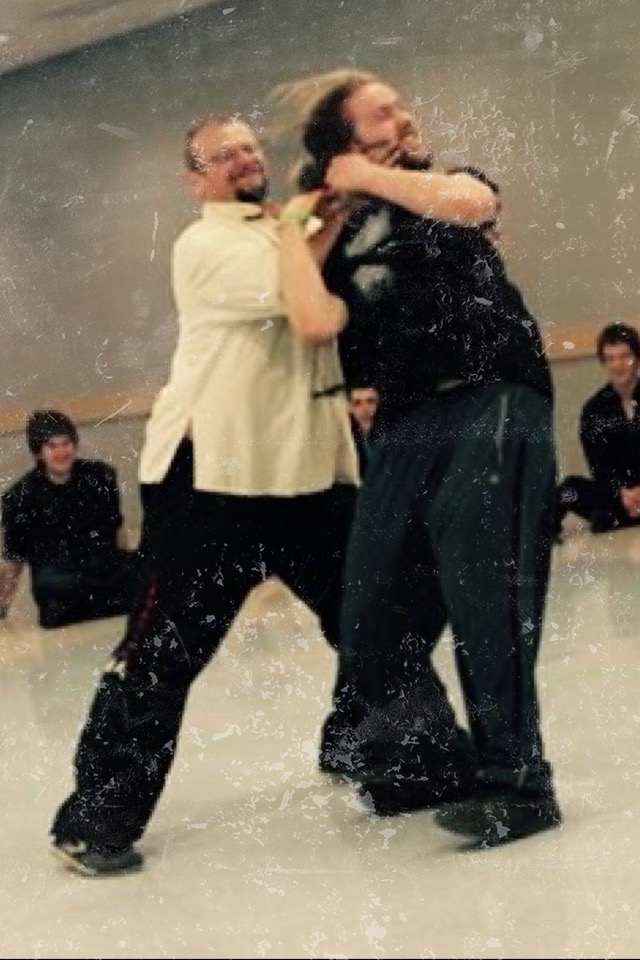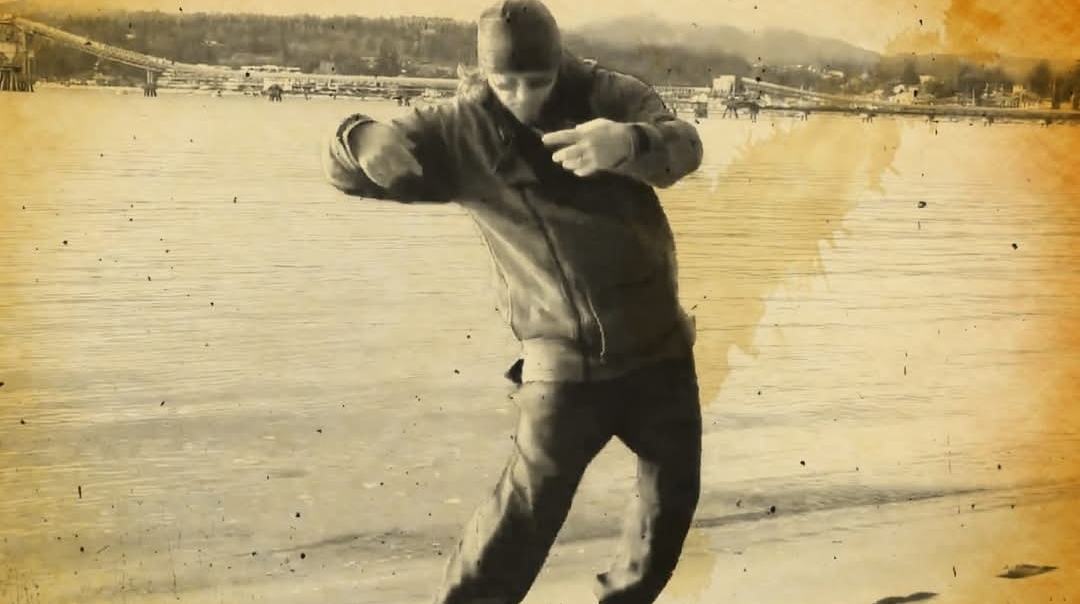10 Essential Tips for Kung Fu Beginners

Train Smarter, Not Harder – The Secrets Every Beginner Must Know
Starting Kung Fu is exciting, but many beginners fall into common traps—rushing techniques, ignoring footwork, and struggling with tension. Traditional Kung Fu (傳統功夫) is about efficiency, structure, and lifelong mastery.
💡 In This Guide, You’ll Learn:
- ✔ Why slowing down is the fastest way to improve your Kung Fu skills
- ✔ The #1 mistake beginners make—chasing techniques instead of mastering movement
- ✔ How to build unstoppable power through stance training (馬步, 弓步, 虛步)
- ✔ The secret behind Fajin (發勁)—explosive power comes from relaxation, not tension
- ✔ Why footwork determines everything—bad movement = bad fighting
- ✔ Internal training isn’t optional – Breathwork, tendon strength, and energy flow separate skilled fighters from amateurs
- ✔ How pain is your greatest teacher—embrace discomfort to grow stronger
- ✔ Why a teacher matters more than videos – Get feedback, avoid bad habits, and accelerate your progress
💭 Do you want to avoid beginner mistakes and build real martial skill from Day 1?



